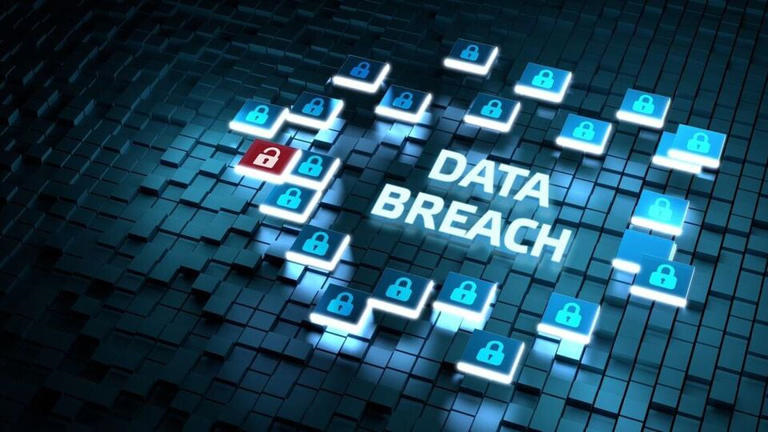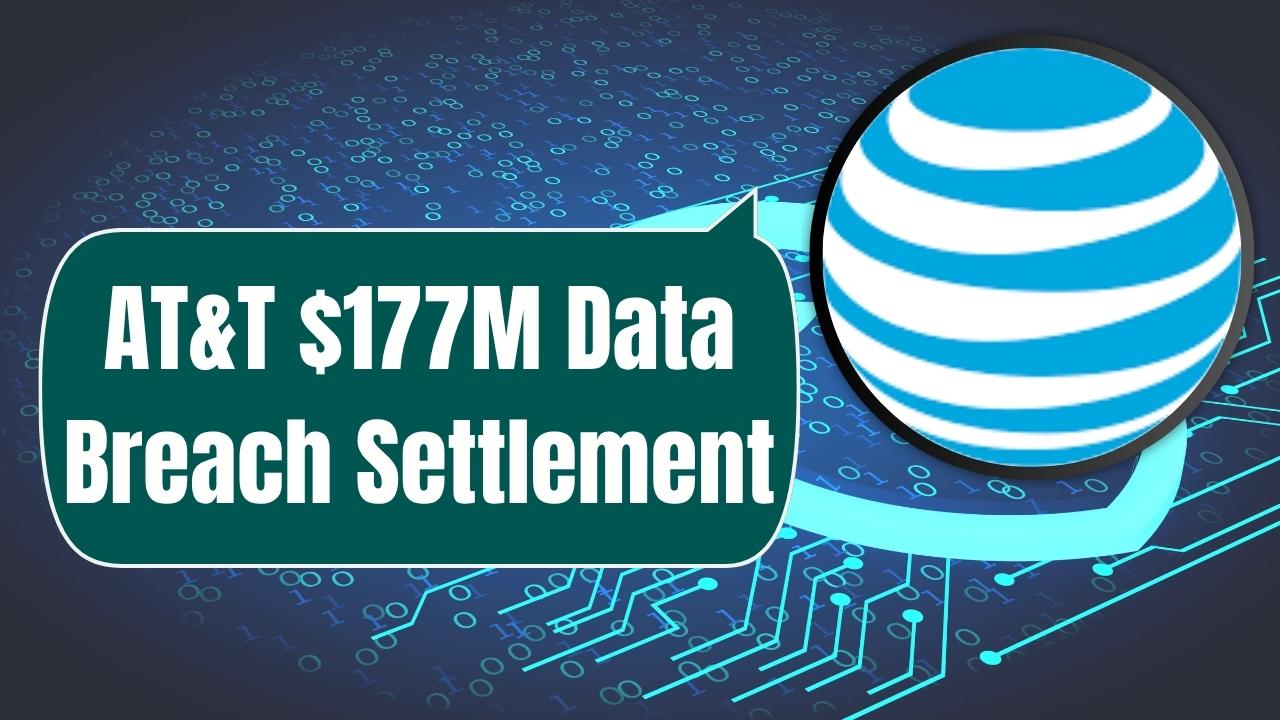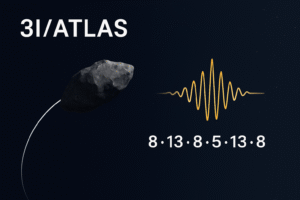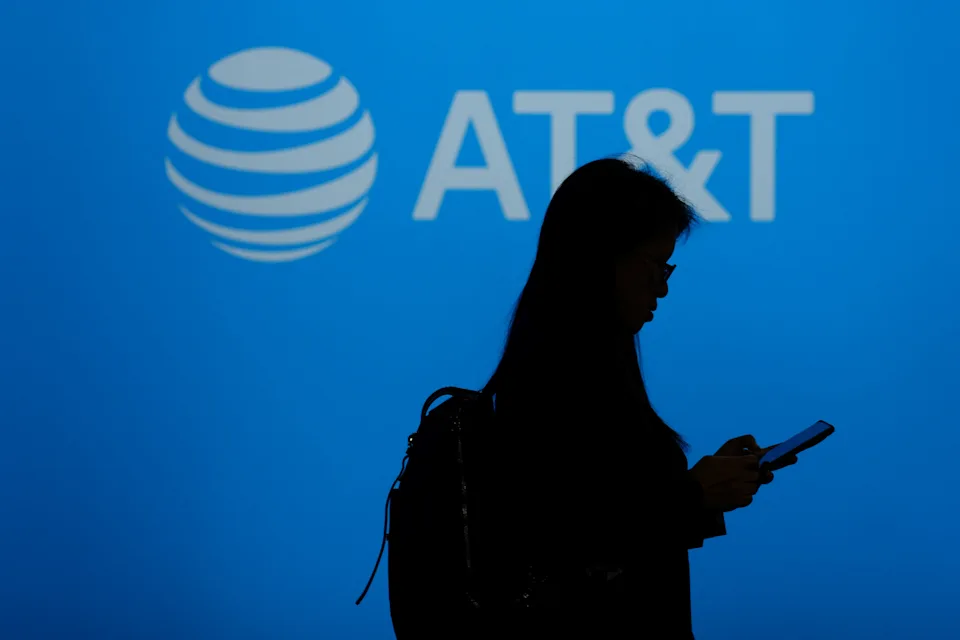📡 What Is a Telecom Data Settlement?
A telecom data settlement is a legal agreement in which a telecommunications company (or related entity) resolves claims made by customers or affected parties over data breaches, unauthorized data access, or misuse of telecom data. Rather than going through lengthy individual lawsuits, a telecom data settlement allows a class of affected users to file claims and potentially receive compensation, credit monitoring, or other benefits.
When your personal data—like call logs, phone numbers, addresses, or identity elements—is exposed through a telecom provider, a telecom data settlement ensures you have a structured route to claim compensation without having to sue individually.

🔍 Why Telecom Data Settlements Matter Today
Telecommunications companies hold vast troves of sensitive customer information: contact records, device identifiers, call histories, usage logs, billing data, even personal identifiers. When that data is compromised, the fallout is serious—identity theft, financial losses, privacy violations. That’s where telecom data settlement becomes essential.
A telecom data settlement:
- Holds the telecom provider accountable for negligence
- Distributes compensation to affected individuals
- Provides structured, fair legal resolution (no endless litigation)
- Raises industry standards — pushing telecoms to improve data security
Because telecom providers operate at scale, even a small breach can impact millions. A telecom data settlement converts a widespread risk into a concrete opportunity for recourse.
🛠 Anatomy of a Telecom Data Settlement
To truly understand how to benefit from a telecom data settlement, it helps to break down its key components:
1. Settlement Class / Eligibility
A settlement defines who is eligible—often based on date ranges, region, data types exposed (SSN, phone logs, address). Only those within the class (“Settlement Class Members”) can file claims under that telecom data settlement.
2. Claim Options: Tier Payments vs. Documented Loss
Many telecom data settlement agreements offer two main paths:
- Documented Loss Payments: Submit proof of actual financial harm (fraud, identity theft, expenses) up to a specified max.
- Tier / Pro Rata Payments: For those without full proof, a set-tier or proportional payment based on class size and fund availability.
3. Deadlines, Opt-Outs & Objections
The telecom data settlement will set a deadline for filing your claim or opting out. If you miss it, you lose your right to participate. You may also have the right to object or speak at a final approval hearing.
4. Liability Release & Legal Finality
By accepting settlement benefits, participants generally waive further claims related to that breach. The settlement finalizes legal responsibility while removing ongoing liability for the telecom company.
5. Disbursement & Oversight
After court approval, funds are distributed—with legal fees, administrative costs, and service awards deducted first. What remains goes to claimants, subject to validation and pro rata adjustment.

📚 Real-World Example: AT&T $177M Telecom Data Settlement
One of the most talked-about telecom data settlement cases in 2025 involves AT&T. Here’s how it played out and what you can learn:
- AT&T suffered two separate data incidents in 2024 (March and July).
- The total proposed settlement: $177 million.
- Affected users may claim up to $7,500 if impacted in both incidents.
- For the first breach (March 2024), claimants can submit a documented loss payment of up to $5,000, or tier-based payments.
- For the second breach (July 2024), documented loss options up to $2,500 are available.
- If you were impacted by both, you may be eligible for combined benefits under the overlap class.
- Claim deadline: November 18, 2025.
- Final court hearing: December 3, 2025.
- In June 2025, a U.S. judge granted preliminary approval for the settlement.
This real-world telecom data settlement showcases how major telecom providers can be held accountable—and how you can act to claim compensation.
🚀 Why You Should Act Fast on Telecom Data Settlement Notices
When you hear about a telecom data settlement, don’t wait. Here’s why speed matters:
- Deadline Risk: Missing filing dates automatically disqualifies you.
- Claim Validation: Early claims often have better documentation (receipts, alerts, logs).
- Fund Allocation: The sooner claims are sorted, the better your pro rata share.
- Objections & Appeals: Late actions reduce leverage to object or contest unfair settlement terms.
If you suspect your data has been compromised, keep eyes on legal notices, your mailbox (letters), email, or news platforms. A telecom data settlement announcement may arrive when you least expect it.
🧭 How to Participate in a Telecom Data Settlement: Step-By-Step
Here’s how to turn a telecom data settlement into real benefit:
- Check Notices / Eligibility
Watch for mailed or emailed notice, or check settlement websites. See if you are identified as a Settlement Class Member. - Read Settlement Terms
Understand the kinds of payments (tier vs. documented loss), waiver language, and deadlines. - Gather Evidence & Documentation
Collect account statements, identity theft reports, billing calls, or financial losses. - File Your Claim on Time
Use the official claim portal or mail service before the cutoff. Fill accurately, attach required docs. - Track Status & Disbursement
Watch the settlement admin portal for updates. Payouts usually happen after all claim reviews and court approval. - Decide to Opt Out or Object (if Needed)
If you don’t agree with terms, you may retain your rights by opting out (if allowed). Some settlements allow you to object in writing before hearings.
✅ Tips to Maximize Your Telecom Data Settlement Claim
- Provide strong documentation (credit freeze orders, credit reports, receipts of fraud) to bolster a documented loss claim.
- If not fully documented, still submit a tier claim—you may receive a share of the residual fund.
- Monitor claim status regularly—mistakes can disqualify you.
- Understand the liability waiver you’ll sign—ensure it covers exactly what incident you joined.
- Retain copies of your filed claim and all supporting documents.
📰 Other Notable Telecom Data Settlements for Context
- T-Mobile Settlement: In a past data breach case, T-Mobile agreed to a class action payout covering data breach victims
- Other Tech / Data Breach Settlements: Companies like Equifax have conducted large settlement payouts (though not telecom) to handle mass data exposures.
These examples show how telecom data settlement isn’t hypothetical—it’s a real recourse mechanism, across industries.
✍️ Final Thoughts: Why You Should Stay Alert to Telecom Data Settlement Alerts
A telecom data settlement converts risk into remedy. When telecom companies err, the scale of exposure is huge—but class-action settlements provide a bridge back to justice for impacted users.
If your personal data was part of a breach, you should:
- Watch for notices
- Evaluate eligibility
- File your claim on time
- Submit accurate documentation
Doing so might yield financial compensation, credit protection, or other resources you deserve. Don’t let a telecom data settlement opportunity pass you by. Stay informed, act quickly, and reclaim control over your data.
You may also visit:-






Pingback: Next-Gen Gaming Beast: iQOO 15 Launch Details + Neo 11 Series Leaks - novokart
Pingback: Unlock The Value: Reliance Jio best prepaid plans 2025 – 2 GB Daily, 84-Day Validity, Free OTT & More - novokart